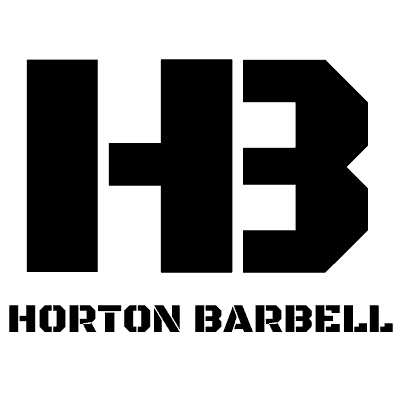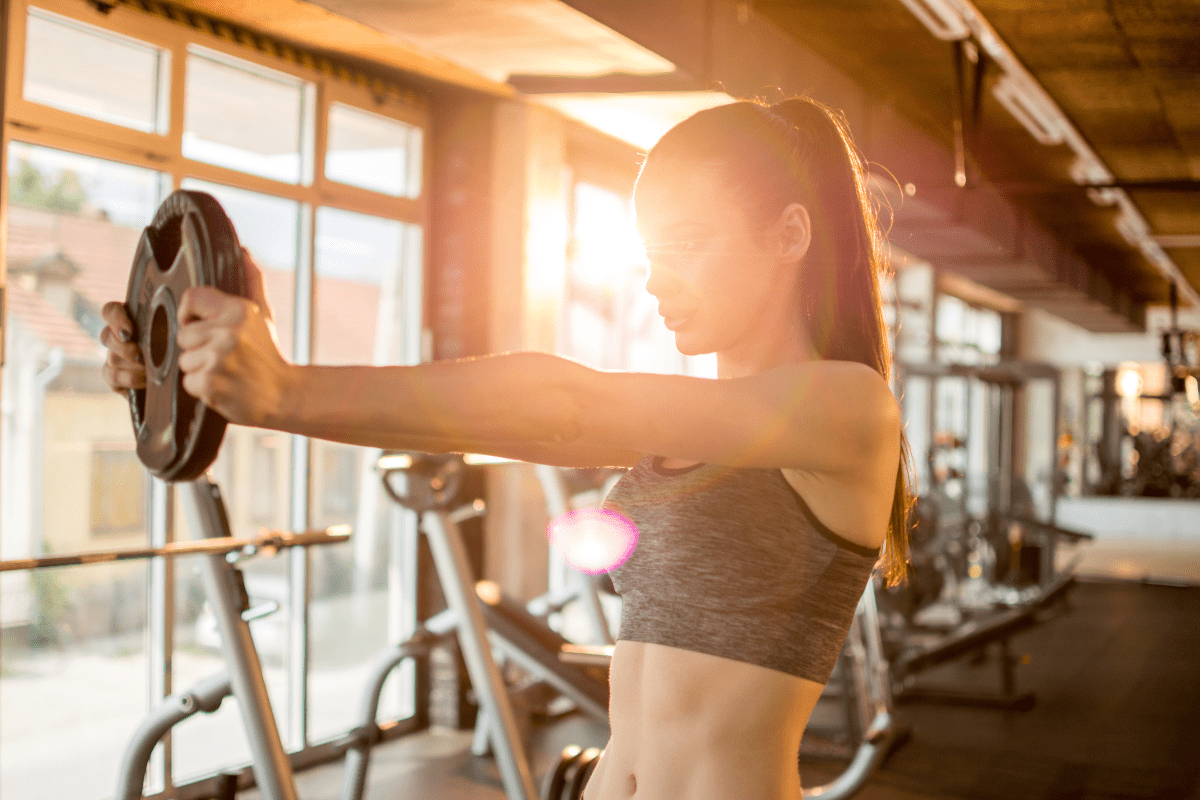Plate Raise (How To, Muscles Worked, Alternatives)
The Plate Raise is a popular supplementary shoulder exercise that primarily focuses on the Anterior Deltoid.
In this guide, I’m going to teach you how to do Plate Raises, what muscles it works and a few alternatives in case you need them.
How To Do Plate Raises
Equipment Needed
- Weight Plate
Muscles Worked
Plate Raises specifically target the Anterior Deltoids and to a lesser extent the Middle Deltoids and Upper Pecs.
Step-by-Step Instructions
- Hold a weight plate in front of thighs, hands at 3 and 9.
- Arms should be straight, elbows very slightly bent.
- Knees should be slightly bent, core tight.
- Raise plate straight up in front of the body, keeping arms straight, until it reaches about eye level.
- Return to the starting position using the same movement path.
- Repeat for the designated number of reps.
Coaching Points
Elbows should not be completely locked out as this puts an unnecessary strain on the elbow joint. Instead, keep a slight bend in the elbow throughout the movement.
Return the plate to the front of the thighs each rep, but do not ‘bounce’ the plate off the thighs at the bottom. Keep the weight under control throughout the movement.
Speaking of ‘under control’, do not rock. If you find yourself rocking back and forth to help you lift the weight – the weight is too heavy. Use a lighter plate and keep your torso still during the lift.
Benefits of Plate Raises
Plate Raises can bring numerous benefits to your strength program. Here are a few:
Shoulder Strengthening: Plate Raises primarily target the deltoid muscles in the shoulders. By performing this exercise, you can build strength and endurance in the shoulder muscles. This strength is beneficial for other upper body movements and can contribute to a more defined shoulder appearance.
Upper Back Engagement: Besides working the deltoids, plate raises also engage the muscles of the upper back, such as the trapezius. This exercise can help improve your posture and provide a balanced workout to the upper body by also targeting the muscles of the upper back.
Core Stabilization: When performed correctly, Plate Raises require a strong core to stabilize the spine and prevent any unnecessary movement. This engagement of the core muscles helps improve your overall stability and posture, and can contribute to better performance.
Plate Raise Variations
Looking to change your workout up just a bit? Here are a few Plate Raise Variations:
DB Front Raise
The most common variation for Plate Raises is to simply change the form of resistance, aka switch to dumbbells for DB Front Raises.
By using dumbbells instead of a plate you can keep the same movement pattern, just with a different implement. If you have a full set of dumbbells you can usually get much more specific with the amount of weight to use compared to a plate.
Barbell Front Raise
Barbell Front Raises are another Front Raise variation that simply involves changing the piece of equipment used.
Again, use the same movement pattern, but instead of a weight plate, use a barbell. If a regular bar is too heavy, you can also use a curl bar if you have one.
Plate Raise Alternatives
If you simply can’t do Plate Raises, for whatever reason, here are a couple of alternatives that may be a better option for you.
Seated Plate Raise
If standing while doing front raises is a limitation, then you might be able to try Seated Plate Raises instead. Sit at the edge of a bench, plate in hand, arms hanging straight down in front. Maintain good posture and lift the plate straight up in front, the same way you would do if standing.
Single Arm DB Front Raise
If you have an injury or some other limitation to one arm, hand or shoulder – Single Arm DB Front Raises may be a good alternative. This is usually done with a dumbbell, but you can actually still use a weight plate for single arm raises as well. Keep the movement exactly the same, simply use one arm instead of two.

Online Strength Programs
- 1-on-1 Online Coaching
- Sports Performance Programs for Football, Basketball, Soccer & More
- Programs for Former Athletes (Legends) Who Still Want to Train Like Athletes
- Programs for Adults Who Want to Get Healthy (and look great at the beach!)
- Use Code “HB10” to Get 10% Off Today
More Links and Info
Looking for more Upper Body Lifts? Follow that link to see more great upper body exercises in the Horton Barbell Exercise Library.

